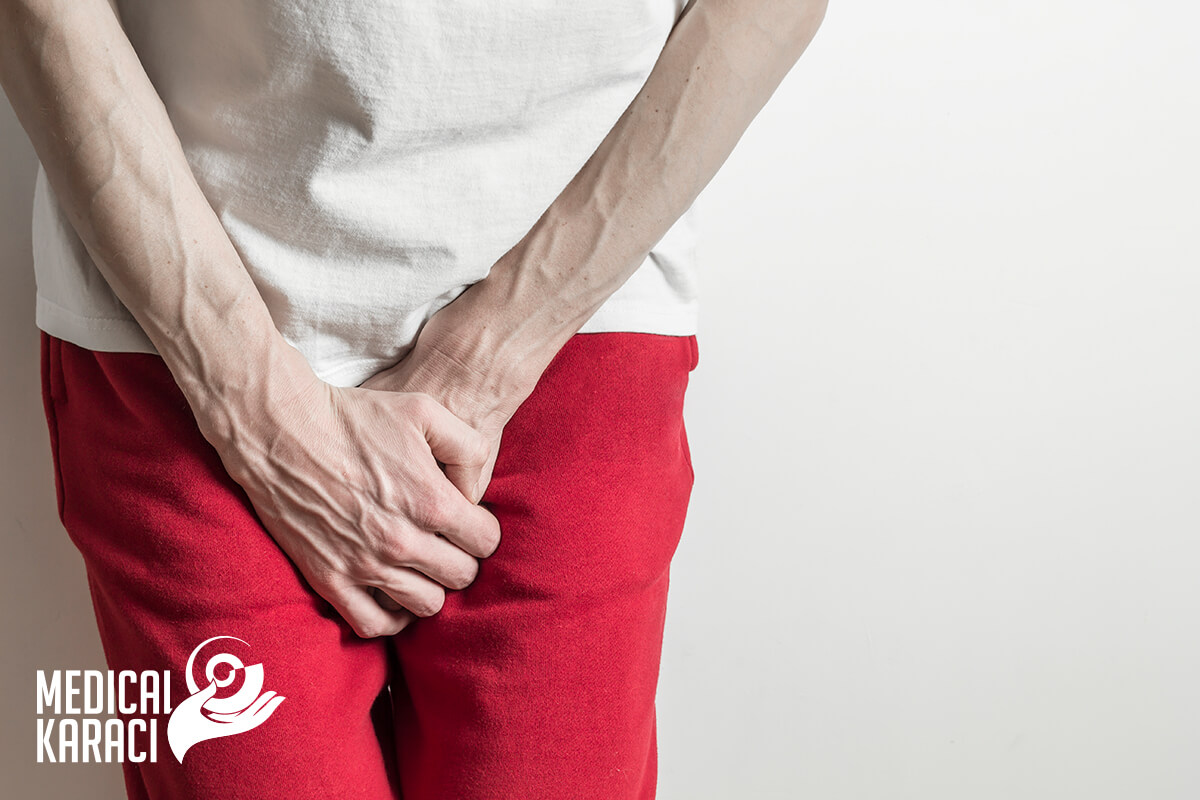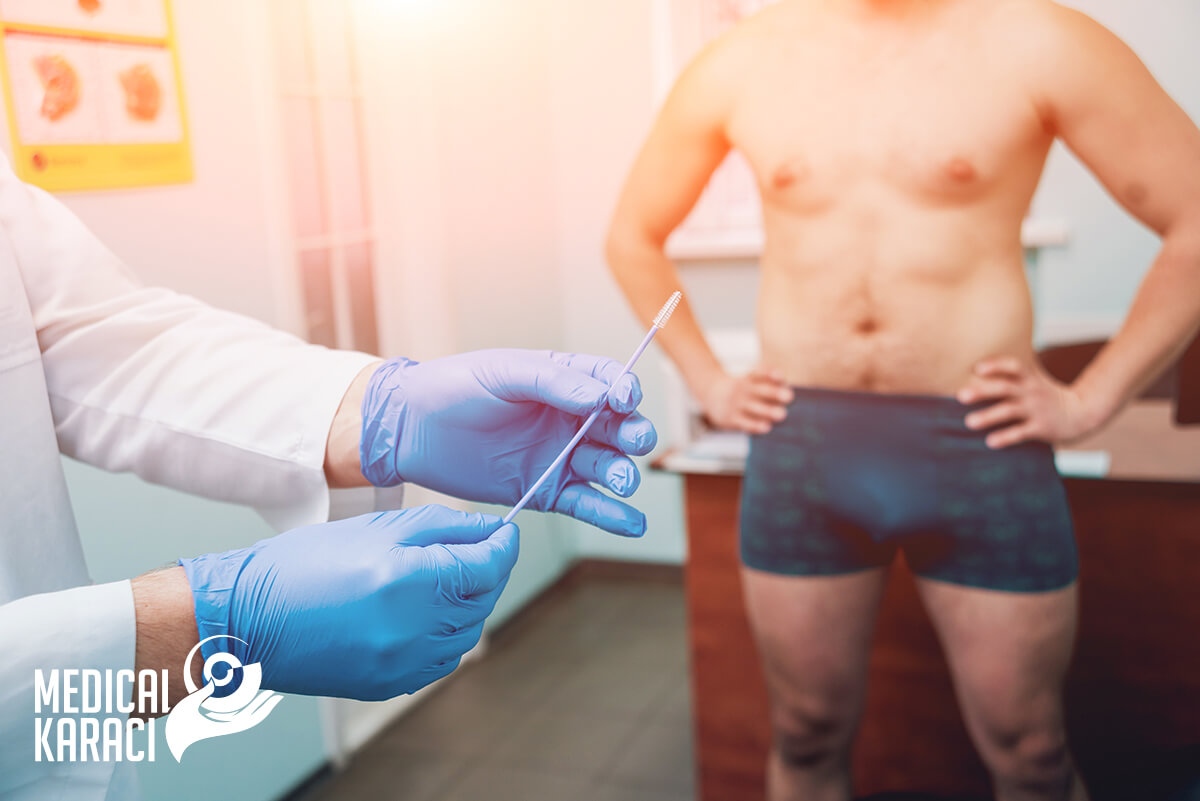The urological symptoms are different in women and men due to the gender difference. The female urethra has its own specificities as well as the male, and this requires that the knowledge of physicians in this field be extremely deep and supported by extensive experience.
The specialist urologist must be able to perform diagnosis and treatment of urological diseases using all surgical methods - open operations, endoscopic and laparoscopic surgical activities. The skills of the specialist urologist include the possibility of surgical actions requiring intervention in adjacent or involved tissues and organs. And more specifically blood vessels, organs in the abdominal and thoracic cavity, organs of the female reproductive system. The advanced age and the large number of concomitant diseases in most patients require the use of multiple investigations to properly assess the condition. This includes specific urological endoscopic examinations, skill in the use of imaging equipment. Including:
- sonographs and stationary X-ray-urological units, as well as the possibility of competent interpretation of special imaging studies from conventional X-ray
- computed axial tomography
- nuclear magnetic resonance.
Urology - Urolithiasis
Urolithiasis - formation of kidney stones as a consequence of urinary tract infection and prostatitis.
Urinary retention - filling of the bladder with urine, which is accompanied by impossible volitional emptying. In the exacerbated condition, the bladder filling is accompanied by pain low in the abdominal region, and this condition is accompanied by vegetative symptomatology - palpitations and sweating.
Urinary incontinence - appears after childbirth in women. Atony of the bladder occurs after radical gynecological operations. The danger of urinary tract infection increases.
Radical prostatectomy
Prostate cancer is the second most common cancer in men. Over the years, radical prostatectomy has become the gold standard treatment. Radical prostatectomy is a method of surgical treatment for prostate cancer that is applied to patients with cancer localized in the prostate. Localized prostate cancer means that the tumor is confined to the prostate gland and has not spread to other tissues and organs.
The main advantage of radical prostatectomy is that disease control is achieved over a prolonged period of time with positive surgical outcomes and results in high survival rates.
Frequently asked questions about radical prostatectomy surgery:
When is the catheter removed?
Cystography is performed during the first week of surgery. If it is believed that the recovery between the bladder neck and the urinary canal is fully restored, the catheter is removed. If the improvement is not complete, the cystography study is repeated every week before the catheter is withdrawn and the timing of its removal is determined.
When does urine leakage improve?
Urinary incontinence in patients is quite normal after catheter withdrawal. The severity of incontinence may differ from patient to patient. In 70% robotic surgeries than patients start to retain urine a month after catheter withdrawal. Initially during the day, urinary control begins to return. When patients sit up and get up during this period, cough, or make movements that increase intra-abdominal pressure, they may miss drops of urine or more.
In surgeries with nerve protection, bladder neck protection, and urethral length, more than 90% of patients are expected to have urinary retention function at the end of the first year. Urinary retention functions may be slow to recover in patients with diabetes, high blood pressure, certain medications, and obese patients. As soon as the catheter is withdrawn patients are asked to do urinary retention exercises.
How to do urinary retention exercises?
The purpose of these exercises is to develop the urinary retention muscles. In order to develop the urinary retention muscles the patient has to clench as if he has gas. The muscles that make this clenching movement are the urinary retention muscles. The urinary retention muscles must wait 20 seconds without loosening after clamping. Then, after loosening for a few seconds, it should repeat the same movement 20 times in a row. Morning 8, lunch 11, after lunch 2, evening 5 and evening time after 20:00 each time at least 20 times a day. Altogether he should do these exercises at least 100 times.
The more you train the more useful it will be. You also need to tighten the urine retention muscles before sitting and relax after sitting or getting up. Recovery time varies from patient to patient, but the rate of recovery cannot be predicted.
When do sexual functions return?
Sexual functions usually start to return after 6 months of surgery. For some patients, recovery may take at least 2 years. Return of sexual function may vary depending on whether the surgery is performed with a nerve-protected technique. There is a difference in treatment in patients and it is impossible to predict when it will return. Normalization of sexual function in diabetics and those with cardiovascular disease may be prolonged, full recovery may not be possible.
What should I do to restore sexual functions?
Lifta 5 mg/Cialis 5 mg should be used daily after catheter removal. This medication is used to have a protective effect until sexual functions are regained. It is also recommended to use the Erec Aid vacuum device. This device also draws blood into the penis ensuring that the muscular structures in the penis are nourished and the relaxation function is not lost. If during this period with the use of Lifta/Cialis there is not sufficient effect in addition intravenous injection therapy can be started. Starting a drug called Caverject at a dose of 10 mg. and increasing if necessary. If after two years there is no desired return of sexual functions, then penile prosthesis surgery may be resorted to. When there is hardening intercourse can be performed. Just keep in mind that sperm will no longer be there.
What changes occur due to the removal of lymph nodes?
Lymph nodes removed during prostate surgery do not cause loss of function. Because these lymph nodes are located around the blood vessels and nerves leading to the leg they can be damaged during surgery, although it is very rare. These can include damage to the mucosal cells of the controller and intravascular coagulation. To prevent this, the use of blood thinning medications is recommended for at least one month after surgery.
In addition, if the nerve that goes to the leg muscles is damaged after the lymph nodes are removed defects in walking can develop depending on the degree of impact in the legs, numbness and tingling of the affected muscles. The fluid that passes from the veins in the legs and feet into the tissue is carried back into the circulation with the lymphatic system. Swelling or edema may develop in the legs due to lymphatic tissue removed during prostate surgery, even though the lymphatic system of the legs is partially relocated from the same areas with the prostate lymphatic system. To prevent this temporary condition, patients should wear varicocele stockings for 2 months after surgery.
How to continue follow-up after surgery?
One month after surgery, the total PSA blood test should be done. Depending on the pathological findings and the postoperative PSA value, treatment with radiotherapy or hormone therapy may be necessary in the postoperative period. Even if no treatment is required, it is recommended that patients have 3-month, 6-month or annual check-ups, PSA follow-up and other tests when necessary.
For more information, you can call +359895770869.










